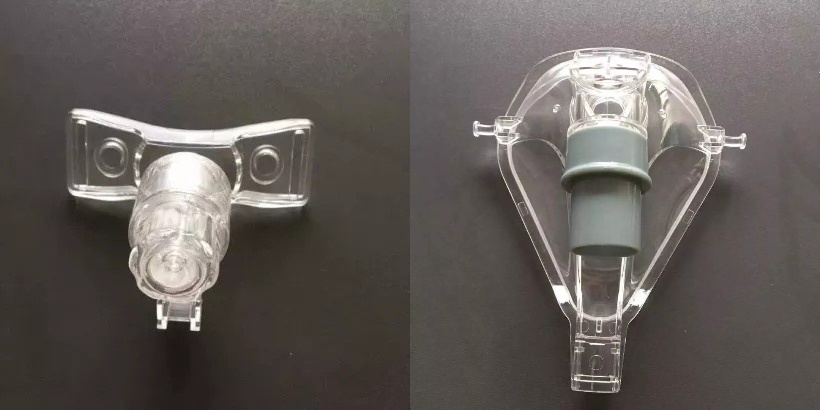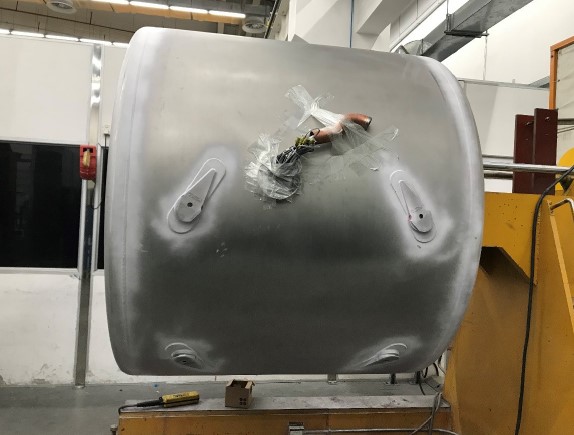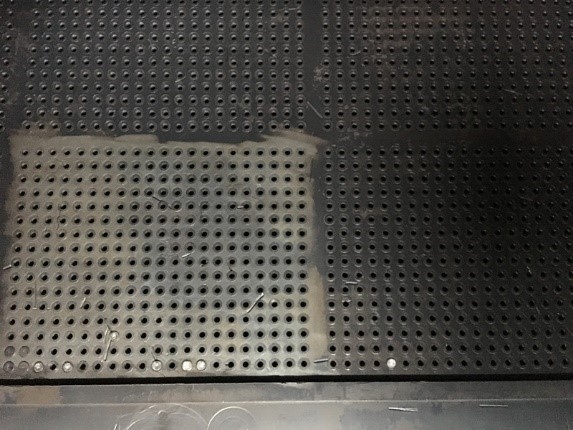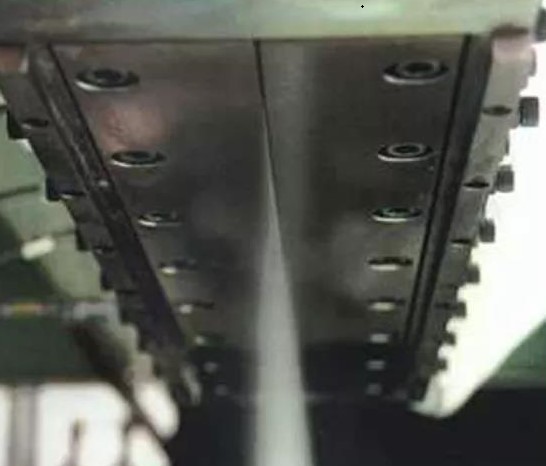Since the outbreak of COVID-19, the world is facing a shortage of medical supplies and personal protective equipment.
To meet the demand for these supplies, the support of various industries as well as the coordination of upstream and downstream supply chains are becoming critical.
Manufacturers are seeking solutions to inefficiencies in their production processes. Inefficiencies are commonly found in the cleaning and maintenance procedures within their production. For example, cleaning plastic molds with traditional methods, such as manual scraping or ultrasonic baths, takes an extended period of time - resulting in lengthy production downtime.
Dry ice blasting has become an effective solution for medical device manufacturers seeking to ramp up production in response to COVID-19.
Dry ice blasting safely and thoroughly cleans the complex cavities and vents of medical molds, as well as quickly removes burrs and flash from finished medical parts – enabling the consistent production of high quality products. The non-abrasive process will not damage molds or tooling and allows for cleaning to be performed while equipment is still hot and online, which enables more frequent and effective cleaning. This significantly reduces downtime, replacement tooling costs, and product scrap rates while increasing quality output. Dry ice blasting is also successfully being used in ISO 8 – Class 100,000 clean rooms.
Here are just a few of the recent examples of how dry ice blasting is helping medical device manufacturers meet the urgent demand presented by COVID-19.

Production of respiratory masks and nebulizers
A key supplier of medical supplies received a large number of orders for the main body support of respiratory masks and nebulizers after the COVID-19 outbreak. The supplier had to quickly and safely increase production in order to meet the urgent demand for this equipment.
The company utilized dry ice cleaning to quickly clean their injection molds while still hot and online. By cleaning the molds online, the company eliminated the extended production downtime that resulted from their previous cleaning and maintenance process and is now able to significantly extend their production capacity.

Production of MRI equipment
The diagnosis of patients with suspected COVID-19 is currently based on nucleic acid detection tests. However, the nucleic acid test results are not always reliable. To accurately diagnose the condition of the patient, many hospitals have started using CT or MRI screenings and thus the demand for this testing equipment has increased rapidly in a short period of time.
An international medical device manufacturer that is one of the most important contributors in the field of imaging and production of clinical equipment has begun to use dry ice blasting in the production process. The company utilizes dry ice blasting to clean the developer/contrast media on the major components of the MRI and CT equipment, allowing them to speed up the production process considerably.

Production of rubber plugs used in collection tubes
When a patient is admitted to the hospital, blood collection is an indispensable procedure. To ensure stable sample retention, blood collection tubes generally consist of butyl rubber plugs, which are more convenient to use than silicone rubber plugs and provide better protection and blood preservation.
A major medical rubber plug supplier utilizes dry ice cleaning to quickly clean the injection molds that are used to make these plugs while they are still hot and online. Not only does cleaning with dry ice enable them to increase machine up-time and production capacity, but it also results in improved part quality.

Production of face masks
The demand for protection equipment, such as face masks has increased dramatically. In the production of face masks, the melt-blown fabric is the core and most vital material. To produce these masks, a hot air jet is used to extrude polypropylene from the fine holes of the nozzle of the spinneret to make it extend into a fibrous shape and it is then gathered on the conveyor belt to form a fiber web. The spinnerets are full of small holes and each hole is about 0.15mm; however, these holes are often not precise or consistent. Due to the poor precision of these holes and the inconsistent melt flow rate caused by uneven heating, plugs are formed in the spray nozzles, which results in clogging during or after the spray process. These plugs are extremely difficult to clean and often are not cleaned sufficiently or not cleaned at all. This causes uneven melt-blown fabrics and affects the quality of the surgical masks. Alternative methods, such as manual threading or soaking in chemical solution are not effective or are very time consuming.
Many face mask producers are now using dry ice blasting to fully clean the molds and spinnerets in significantly less time. One producer previously used a chemical bath, which took up to a day to clean their molds. They recently switched to dry ice blasting and cleaned the same molds in only 10 minutes.
.png) English
English